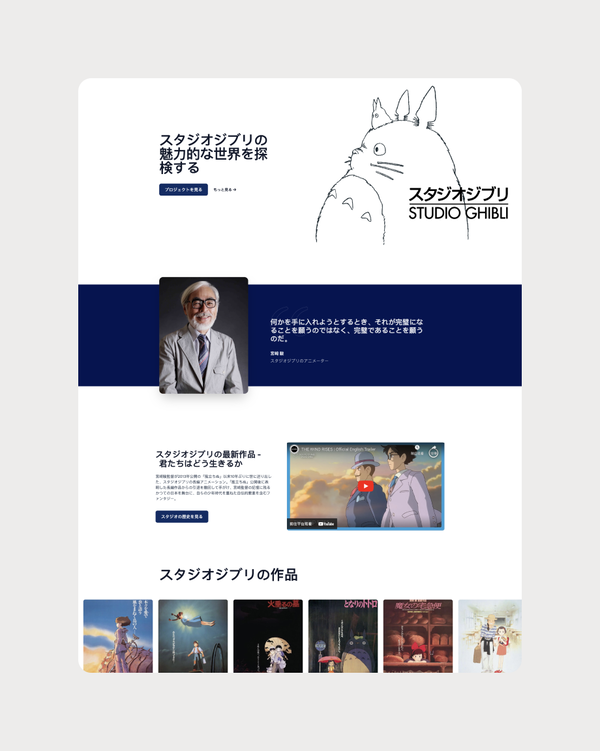Web App Developer Challenges
Web App Developer Resources
Web App Developer
In today’s digital age, having a strong online presence is essential for businesses to thrive. One of the key aspects of this is ensuring that your website is ranking well on search engine results pages (SERPs). Website ranking checkers are crucial tools that can help you track how your website is performing in search engines, such as Google, Bing, and Yahoo. In this article, we will delve into the importance of website ranking checkers and how they can help businesses improve their online visibility.

Web App Developer Solutions
Web App Developer
AI web developers are at the forefront of the technological revolution, as they leverage AI technologies to create smarter and more intuitive websites. These professionals have a deep understanding of AI algorithms, machine learning, natural language processing, and other AI technologies that enable them to create websites that can think, learn, and adapt to user preferences.
One of the key skills of an AI web developer is the ability to understand and implement AI algorithms. These algorithms are the foundation of AI technologies and enable websites to perform tasks such as personalized recommendations, natural language processing, image recognition, and more. AI web developers must have a strong grasp of these algorithms and be able to apply them effectively to create intelligent websites.
In addition to AI algorithms, AI web developers must also have expertise in machine learning. Machine learning is a subset of AI that enables computers to learn from data and improve their performance over time. By leveraging machine learning techniques, AI web developers can create websites that can analyze user behavior, predict user preferences, and provide personalized recommendations.
Another key skill of an AI web developer is proficiency in natural language processing (NLP). NLP is a branch of AI that enables computers to understand and interpret human language. AI web developers use NLP techniques to create websites that can interact with users in a more natural and intuitive way, such as chatbots and virtual assistants.
AI web developers also need to have a strong foundation in web development technologies such as HTML, CSS, JavaScript, and backend programming languages like Python or Java. These technologies are essential for building the structure and functionality of websites, and AI web developers must be able to integrate AI technologies seamlessly into the website’s architecture.
AI web developers are changing the landscape of web development by creating websites that are more intelligent, personalized, and user-friendly. These professionals are at the forefront of innovation, pushing the boundaries of what is possible in web development. By leveraging AI technologies, AI web developers are creating websites that can adapt to user preferences, provide personalized recommendations, and even anticipate user needs before they are expressed.
1. Wix
Wix is a popular website builder that offers a wide range of templates designed for churches and religious organizations. With its drag-and-drop interface, users can easily customize their website to reflect their unique style and branding. Wix also offers a variety of features such as event calendar integration, online donation tools, and media galleries for sermons and other resources. Additionally, Wix provides reliable hosting services and SEO tools to help churches reach a wider audience online.
2. Squarespace
Squarespace is another user-friendly website builder that is well-suited for churches looking to create a modern and visually appealing website. With its stylish templates and customizable design options, Squarespace allows users to create a professional-looking site without any coding knowledge. Squarespace also offers features like event scheduling, donation forms, and social media integration, making it easy for churches to engage with their community online. Additionally, Squarespace provides responsive design capabilities, ensuring that your website looks great on any device.
3. Sharefaith
Sharefaith is a website builder specifically designed for churches, offering a comprehensive suite of tools and templates to help churches create a strong online presence. Sharefaith’s templates are tailored for churches and religious organizations, featuring customizable layouts and designs to suit any style. In addition to website building tools, Sharefaith also provides features such as sermon hosting, online giving options, and church management tools. Sharefaith also offers a library of resources including graphics, videos, and worship media to help churches enhance their online presence.
4. WordPress
WordPress is a versatile platform that can be used to create a wide range of websites, including church websites. With its extensive library of themes and plugins, users can easily customize their website to meet their specific needs and preferences. WordPress offers features such as event calendars, donation forms, and sermon hosting capabilities, making it a great choice for churches looking to engage with their congregation online. Additionally, WordPress is known for its robust SEO capabilities, helping churches improve their visibility in search engine results.
5. Weebly
Weebly is a user-friendly website builder that offers a range of features suitable for churches and religious organizations. With its drag-and-drop interface and customizable templates, users can easily create a professional-looking website without any coding knowledge. Weebly also provides features like event calendars, donation forms, and video hosting capabilities, making it easy for churches to share resources and connect with their community online. Weebly also offers reliable hosting services and responsive design options, ensuring that your website looks great on any device.

Web App Developer Challenges
Web App Developer
In today’s digital age, having a visually appealing and user-friendly website is crucial for the success of any business. A well-designed website can help attract new customers, build credibility, and increase conversion rates. However, designing a website is not as simple as it may seem. It requires a strategic and systematic approach to ensure that the final product meets the needs and expectations of both the business and its target audience. In this article, we will discuss the website design process in detail, outlining the key steps involved in creating a successful website.
Step 1: Define the Purpose and Goals
The first step in the website design process is to clearly define the purpose and goals of the website. This involves identifying the target audience, understanding their needs and preferences, and determining the desired outcomes for the website. For example, is the website meant to generate leads, drive sales, provide information, or showcase products and services? By having a clear understanding of the purpose and goals of the website, you can better tailor the design and content to meet these objectives.
Step 2: Conduct Research
Once the purpose and goals of the website have been defined, the next step is to conduct research. This involves analyzing the competition, researching industry trends, and gathering insights into the preferences and behaviors of the target audience. By conducting thorough research, you can gain a better understanding of what works and what doesn’t in your industry, helping you make informed design decisions.
Step 3: Create a Wireframe
After conducting research, the next step in the website design process is to create a wireframe. A wireframe is a visual representation of the layout and structure of the website, showing the placement of various elements such as navigation menus, headers, footers, and content sections. Creating a wireframe allows you to plan the overall design and functionality of the website before moving on to the visual design phase.
Step 4: Design the Visual Elements
Once the wireframe has been finalized, the next step is to design the visual elements of the website. This involves creating a visually appealing and consistent design that reflects the brand identity and resonates with the target audience. Elements such as color scheme, typography, imagery, and layout are carefully considered to create a cohesive and attractive design that conveys the desired message and engages users.
Step 5: Develop the Website
After the visual design has been approved, the next step is to develop the website. This involves coding the design into a functioning website using HTML, CSS, and other programming languages. During the development phase, the website is tested for functionality, responsiveness, and compatibility across different devices and browsers to ensure a seamless user experience.
Step 6: Test and Optimize
Once the website has been developed, it is essential to test and optimize its performance. This involves conducting usability tests to identify any usability issues, testing load times to ensure fast page speeds, and optimizing the website for search engines to improve visibility and accessibility. By testing and optimizing the website, you can ensure that it meets the needs and expectations of users, leading to better engagement and conversions.
Step 7: Launch and Monitor
The final step in the website design process is to launch the website and monitor its performance. This involves deploying the website to a live server, promoting it to the target audience, and tracking key metrics such as traffic, engagement, and conversions. By monitoring the performance of the website, you can identify areas for improvement and make informed decisions to optimize its effectiveness over time.


